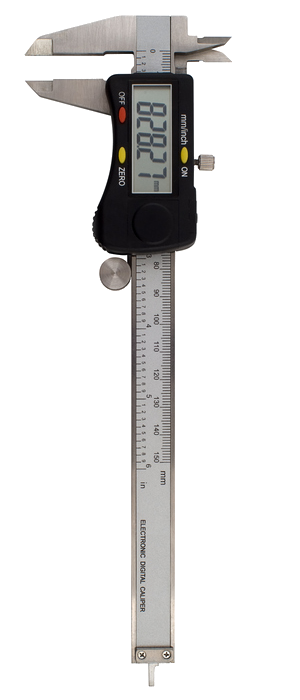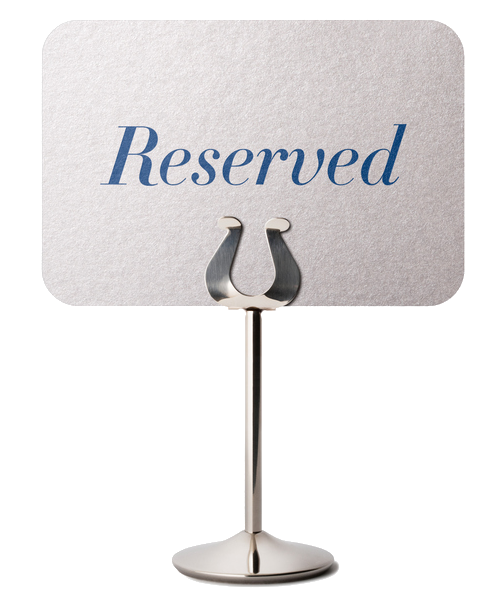If You’re an Inventor, Patent Prosecution is the Name of the (IP Strategy) Game
You invent something new that’s useful, innovative, disruptive, or otherwise ornamentally unique. Now it’s time to protect your industry-changing creation. To protect your invention, a method called Process Call Patent Prosecution can formally help you lay claim to your invention.
It all starts with filing for a patent application that contains all the required components. That application will be examined and scrutinized by the United States Patent and Trademark Office (USPTO) to ensure that it relates to the right kind of subject matter, is novel (new enough), is useful, not an obvious next step in the technology, and actually able to be used (enabled). The process usually involved some back-and-forth between the applicant and the USPTO. After completing this process, the USPTO will issue a patent grant.
Once granted, a patent effectively grants right to control the destiny of your own invention. Indeed, the law provides patents owners “the right to exclude others from making, using, offering for sale, or selling the invention throughout the United States or importing the invention into the United States…”. 35 U.S.C § 154
Why Should I Pursue a Patent Grant Now?
Patents grow muscle when fully formed; that is, they need to be granted so they can be enforced. But inventors must remain vigilant and act swiftly – in the era of the “first to file” and a limited application period of 1 year after public disclosure – leaves little time to act. If you don’t move quickly to pursue and acquire a patent, all opportunity will be lost to protect your invention. As time goes by, with it goes the opportunity to receive exclusionary rights. Without knowledge, your creation can take on a life of its own and be shared among the many in the public domain.

But by receiving a patent grant, you make it much more difficult for anyone else to compete with you in your industry. This is especially true if your business is the only one using the patent or you haven’t granted a license to anyone to use your patented invention.
Types of Patent Grants
There are four types of patents that can be granted under the American Invents Act (AIA) we explore below:
- Utility Patents – Roughly 90% of all patent grants issued are utility patents. They protect “new and useful” process, machine, manufacture, or composition of matter.” These types of patents also protect what other forms of IP cannot, namely functional aspects. In order to receive protection, the new product must solve a “problem” that exists in a new and unanticipated way.
- Design Patents - These grants protect a new and original ornamental appearance of a manufactured object.
- Plant Patents – Issued for a new and distinct, invented or discovered asexually reproduced plant including cultivated sports, mutants, hybrids, and newly found seedlings (other than a tuber propagated plant or a plant found in an uncultivated state).
- Reissue Patents – Issued to correct an error in an already issued utility, design, or plant patent.
Provisional or Non-Provisional Applications

A provisional patent application is a “short-cut” to get a utility patent application filing date established. It’s often an expedient precautionary measure, as one may do so without adhering to all of the technical requirements of a non-provisional application. A provisional application is typically initiated when an inventor has partially completed an invention, but has not yet optimized it, and they are seeking to gain some protection from disclosure to the public (such as at demos, customer meetings to prove proof of concept, or at a trade show). It’s also used to avoid running afoul of any statute-of-limitation-like prohibitions to filing or “statutory bars.” However, even with a provisional application, it must be converted into a non-provisional within one year in order to issue.
A non-provisional application on the other hand, is an application adhering to all the formalities required by statute and regulation. Provided all patent requirements are met, in the long run filing a non-provisional application should result in the issuance of a patent grant, faster than a provisional application. A non-provisional application is necessary to receive a patent grant.
We’re Here to Help
Registering a patent can be a challenging process. But not when you have Nexio on your side. Would you like to put some serious muscle behind your invention protection? We offer efficient solutions and competitive pricing to strengthen your intellectual property protection.
The attorneys at Nexio Law Firm are committed to helping our clients achieve their objectives. We can be reached at (949) 478-6830 or complete the contact form and we’ll be in touch soon.